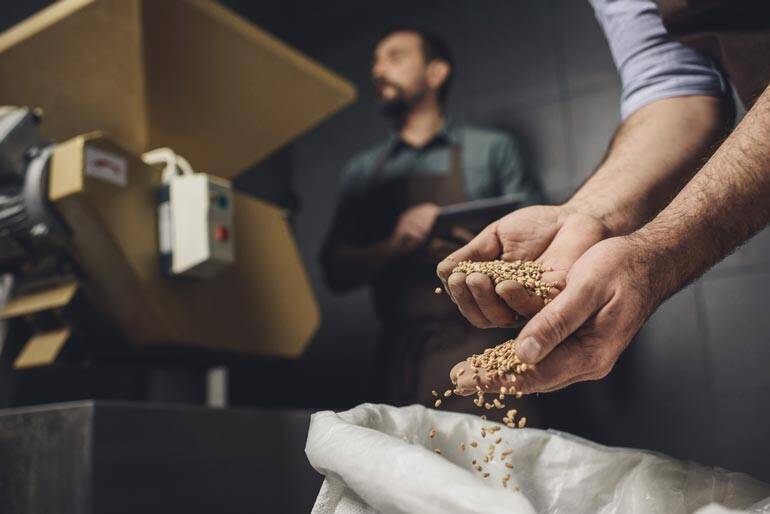Start 14-Day Trial Subscription
*No credit card required

Streamlining Operations: Expert Tips for Efficiency and Cost Savings in Breweries
Increase profits by turning your brewery into a streamlined operation. Use these 12 expert tips to reduce costs and improve your brewery's efficiency.
Whether you've got a well-established brewery or just started a microbrewery in your garage, it's ideal to save costs and improve efficiency. Doing so helps you to maintain profitability and competitiveness while reducing your footprint through sustainable practices.
Streamlining operations is a continuous effort due to the many variables at play, especially when it comes to brewing beer professionally. Read on and we’ll discuss some expert tips to improve efficiency and reduce costs in your brewery operations.
Optimize Brewing Processes
An excellent place to start streamlining operations is to analyze your brewing processes to identify any areas of inefficiency. Use process mapping techniques to identify bottlenecks and areas where you can save time, energy and resources.
You can invest in modern equipment, such as automated brewing systems, to streamline production and reduce energy consumption. Automation technologies can significantly improve efficiency by reducing manual labor, minimizing errors and optimizing production throughout.
Examples of automated systems useful in breweries include ingredient handling, fermentation control, paging and quality control.
Additionally, draw up and implement standard operating procedures (SOPs) to ensure consistency, increase productivity and minimize wastage.
Energy Management
A well-cited Energy Star study on energy consumption in beer production states that 3 - 8% of breweries’ costs are spent on energy. So, one way to reduce overall costs is to reduce your energy costs by implementing energy-efficient practices. Here are some helpful energy-saving tips for your brewery:
- Use LED lighting.
- Install programmable thermostats and high-efficiency boilers or kettles, like the Steinecker Merlin Brew Kettle.
- Optimize insulation in your facility to keep temperature fluctuations to a minimum.
- Consider utilizing heat recovery systems to capture and reuse waste heat from brewing processes.
- Regularly maintain and calibrate equipment to ensure optimal energy usage.
Monitor your energy-saving efforts with monitoring systems that track energy usage throughout the brewing process. When you identify energy-intensive processes and equipment, explore the alternatives available to you or find a creative solution. A great example of this is the Beer-powered Beer process that uses waste to generate energy.
Optimize Equipment Maintenance
It is essential to regularly maintain your equipment to prevent breakdowns and ensure optimal performance. Do this by developing a proactive maintenance schedule and conducting regular routine inspections. This proactive approach will help you promptly address minor issues to avoid major breakdowns that can be costly to repair and cause a setback in production.
Furthermore, well-maintained equipment operates more efficiently and has a longer lifespan, which reduces expenses.
Water Conservation
Breweries consume substantial amounts of water in the various stages of the brewing process, so conserving water can lead to significant cost savings. Monitor your brewery's water usage and implement measures like low-flow faucets, leak detection systems, heat exchangers and automated cleaning systems.
The water purification system you choose will also determine your overall water consumption. For example, reverse osmosis wastes a lot of water when flushing away filtered impurities.
Finally, consider water recycling programs that include reusing water for cleaning, cooling and irrigation purposes to reduce consumption and waste.
Optimize Raw Material Usage
You can minimize waste and optimize costs through efficient inventory management. For example, carefully plan ingredient quantities to avoid overstocking or expiration. Then, properly store ingredients in controlled environments to maintain freshness and reduce spoilage.
Use accurate forecasting techniques to optimize purchasing and production planning and implement first-in-first-out (FIFO) inventory management to ensure the use of older ingredients before newer ones.



